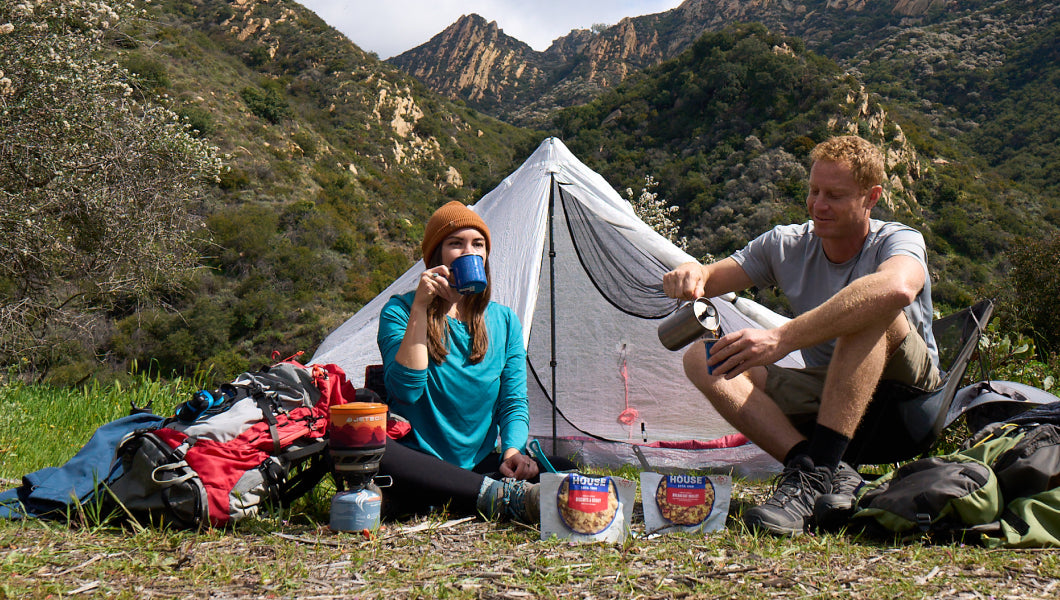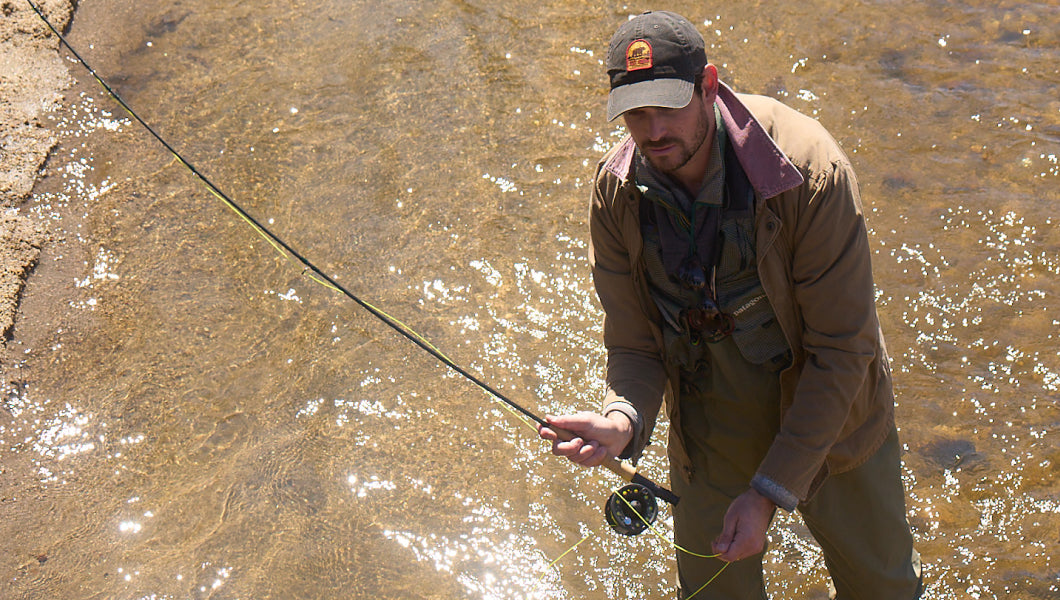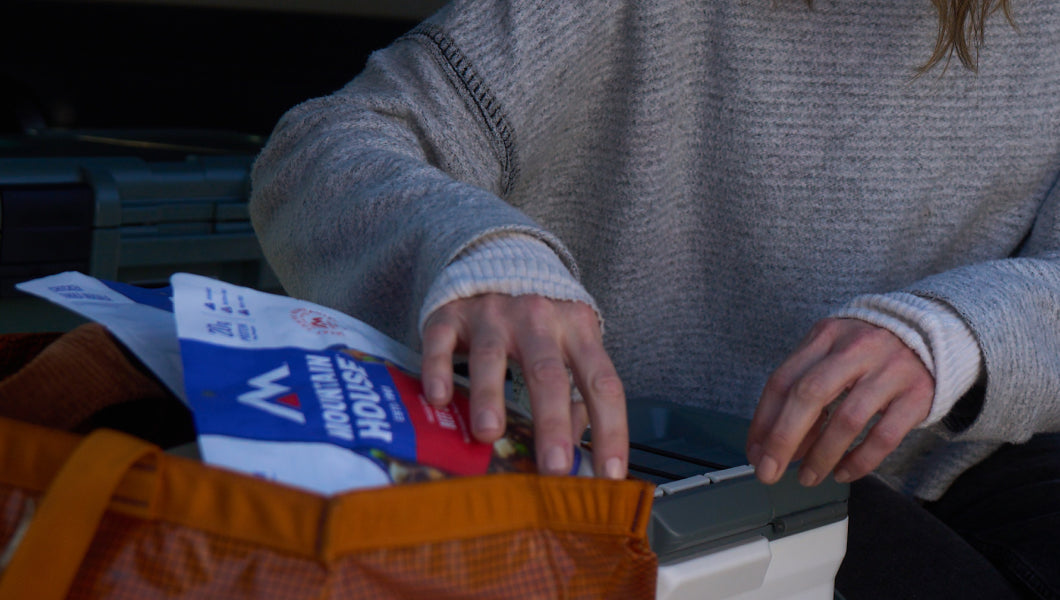Inspired for an Adventure? Check out Beef Stroganoff - Pouch and Beef Stew - Pouch
Free Ground Shipping On All Orders
Over 2,100 Reviews
Add description, images, menus and links to your mega menu
A column with no settings can be used as a spacer
Link to your collections, sales and even external links
Add up to five columns
Add description, images, menus and links to your mega menu
A column with no settings can be used as a spacer
Link to your collections, sales and even external links
Add up to five columns
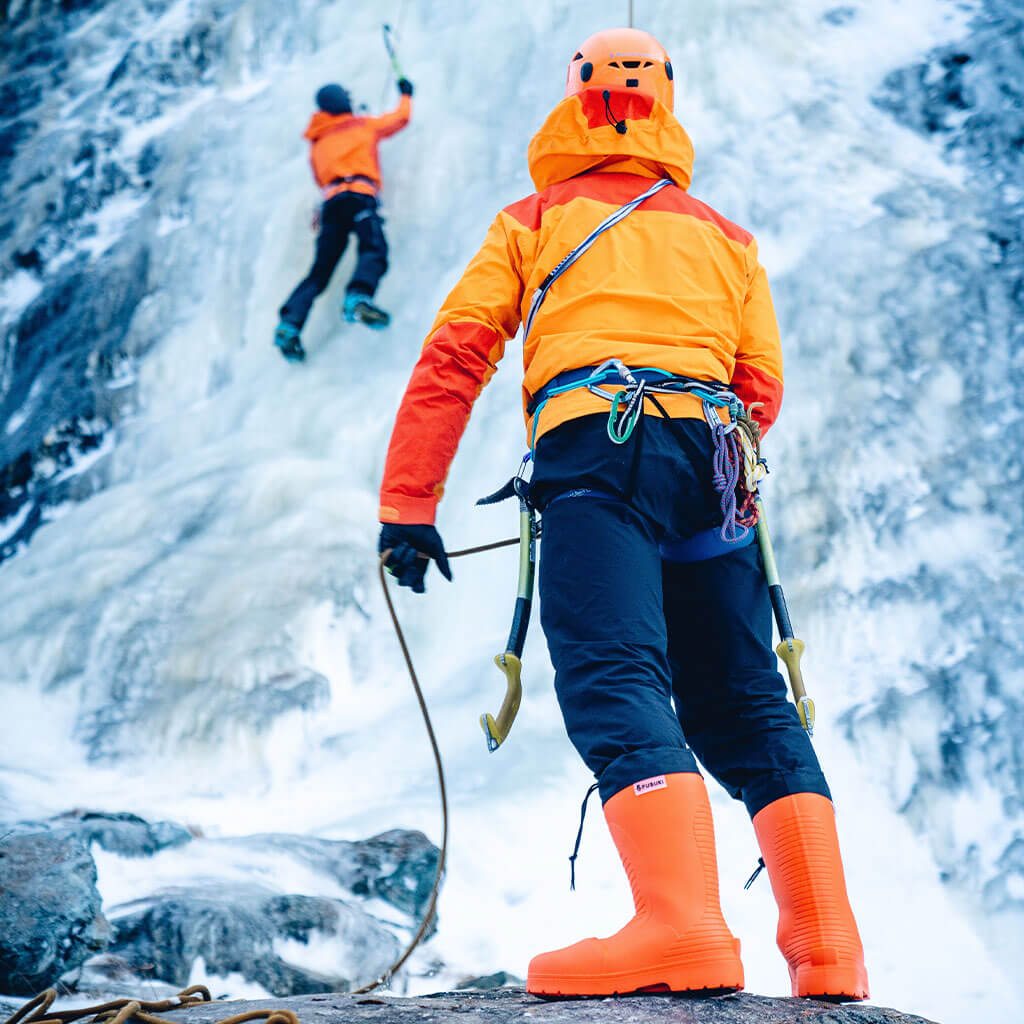
Ice Climbing: What You Need to Know
Ice climbing is not for the faint of heart. Not only does it require physical finesse, but a clear headspace when swinging around ice axes and crampons. If you’ve never been ice climbing, but want to learn, below are a few quick tips, with links to climbing festivals at the end.
The Grade System
Ice climbs are measured by a “WI” or “Water Ice” grade. A WI1 is the easiest type of ice climbing where technically no tools are required. The slope angle is 60-degrees or less, and is fairly straightforward, solid ice. From there, the grades progress up to WI7 (confirmed, WI8 under discussion), with more dramatic slope degrees and less consistent, poorly bonded ice.

The Gear
Ice climbing requires five essential tools: crampons, ice axes, ice screws, helmet, and a rope. For beginners, it’s recommended to accompany a friend with experience in ice climbing. The axe and crampons are crucial for finding traction on the ice, and the helmet is essential for protecting yourself against potential ice fall.
Layer Up
There are two parts to ice climbing: delicately making your way up an ice face, and belaying your partner as they delicately make their way up an ice face. Truly, ice climbing is equal parts climbing and standing around. Make sure you have enough breathable, wicking layers for both aspects of the day.

Study the Area
One of the biggest dangers in ice climbing is avalanche potential. Most ice climbing areas are remote waterfalls tucked deep into the wilderness. It’s important to know what terrain features exist above your climbing line, and keeping yourself out of the fall zone.
Watch the Weather
If temperature rises only a few degrees your WI1 could easily become a shower of ice and water as the climb melts. Rising temperature also signals a change in snowpack and an elevated avalanche danger.
Food and Water
There’s nothing better than having a warm meal on a freezing cold day. Mountain House's backpacking meals are the perfect mountain lunch. Just melt some snow in your backpacking stove and add it to the pouch for the nutrition and fuel you need.
Now that you know the basics, it’s time to put your knowledge to action! The following Ice Festivals are great places to meet new climbing partners and expand your ice climbing skill set. Clinics range from novice to advanced with a focus on building community in the ice climbing sphere.
2018/2019 Ice Climbing Festivals:
- Bozeman Ice Fest, Bozeman, MT, December 5-9, 2018
- Ouray Ice Fest, Ouray, CO, January 2019
- Sandstone Ice Fest, Sandstone, MN, January 2019

A Beginner’s Ice-Climbing Guide: How to Get Started
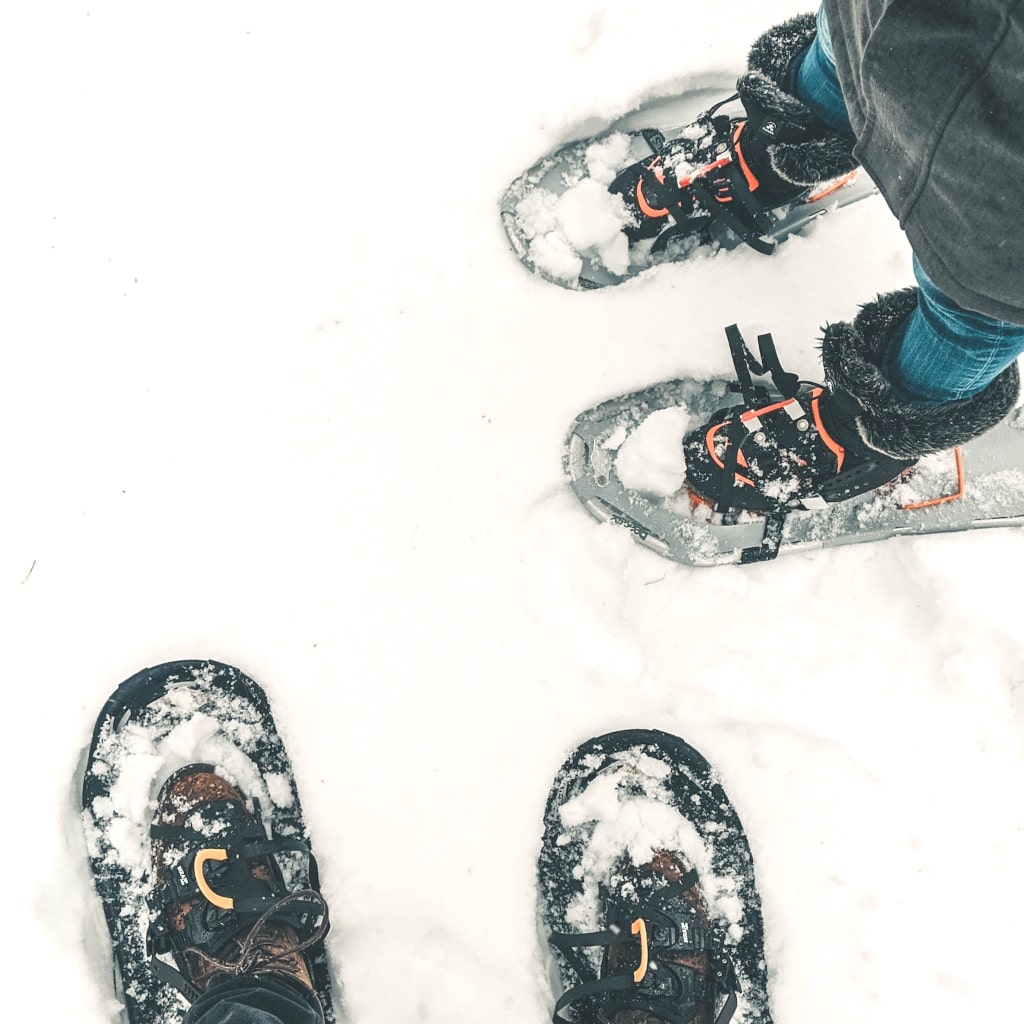
15 Best Places To Go Snowshoeing in North America This Winter


Stay Hungry for Adventure
Sign Up for Delicious Outdoor Meals & Exclusive Offers!


Join the adventure
©2024 Mountain House — All Rights Reserved.
Your Cart is Empty
Continue ShoppingYour Cart
Subtotal
$0.00
EXPRESS PAYMENT METHODS AVAILABLE IN CHECKOUT
Taxes and Shipping Calculated at Checkout












